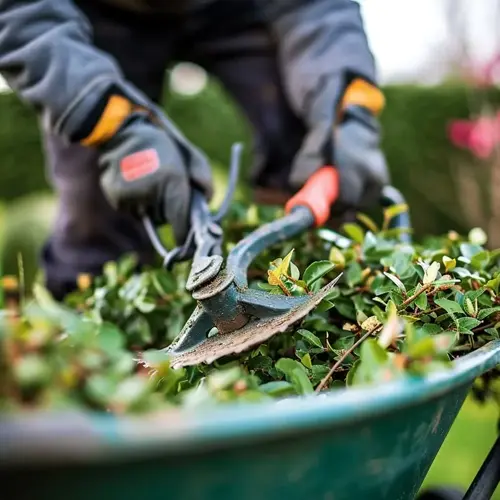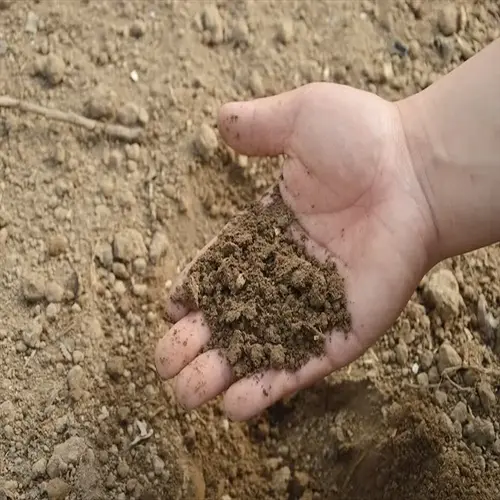What cover crops help tomato beds?

Written by
Nguyen Minh
Reviewed by
Prof. Martin Thorne, Ph.D.Cover crops are a great way to renew tomato beds after harvest by protecting soil and naturally regenerating nutrients. These living mulches protect against erosion and add organic matter to your soil for future plants. For years, I've been using cover crops to support my fertile beds without the use of synthetic fertilizers. Cover crops help create vigorous and resilient soil that produces healthier tomatoes.
Crimson clover can fix nitrogen from the atmosphere into the soil with root nodules. This legume replenishes the soil's nutrients naturally, without the use of chemicals. Plant this in early fall to release nitrogen in the spring. The flowers will attract pollinators before they are terminated. This green manure will support a significant increase in tomato production the following season.
Buckwheat
- Suppresses weeds through rapid dense growth
- Mines phosphorus from deep soil layers
- Flowers attract beneficial hoverflies
- Terminate before seed set for best results
Winter Rye
- Prevents winter erosion with extensive root system
- Produces allelopathic chemicals that inhibit weeds
- Traps snow for moisture retention
- Adds substantial biomass when terminated
Hairy Vetch
- Fixes high amounts of nitrogen (up to 200 lbs/acre)
- Creates thick mulch when terminated
- Suppresses nematodes through root compounds
- Winter-hardy for cold climate protection
The timing of cover crop establishment is crucial after the past tomato harvest. In most areas, seeding cover crops ideally occurs 2-4 weeks ahead of the first frost. This gives the cover crop plants time to get established before they go dormant for the winter. Warmer growing zones can plant cover crops directly after tomato removal. Timing is important to maximize soil protection.
Effectively terminating cover crops for growing tomatoes. If cover crops get to a maximum height of 12-18", mow or roll the plants. Allow the residue to decompose for 2-3 weeks before planting tomatoes. This will create nutrient-rich mulch that naturally suppresses weeds. Do not till living roots into the soil.
Combine cover crops for increased advantages. You could plant crimson clover with winter rye to achieve nitrogen fixation and erosion control. The rye holds the clover up and protects it from winter damage. This covers crop pairing provides ideal soil conditions for planting tomatoes in the spring.
Keep a close eye on the growth of the cover crop. Be vigilant in preventing them from going to seed and turning into weeds. You will determine a date for terminating the crop based on the spring weather. Healthy cover crops should make next season's tomatoes easier and more fruitful, eliminating the laborious chore.
Read the full article: Best Tomato Companion Plants

